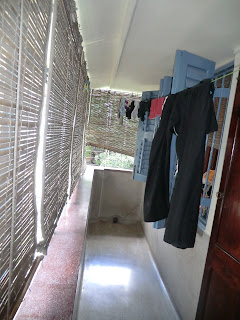In India, there are countless stray dogs that are mistreated, beaten, and neglected. Stray animals are seen as outcasts even to the outcasts--it's ridiculous and sad. Several times in Kolkata, I have seen shop keepers beat a dog just for laying down in front of his store. No doubt, I would have never associated Kolkata, India even to be a 'pet-friendly' place. It took one interesting trip with Fay (ETA) to Kolkata's oldest standing pet market.
In North Kolkata, there is a street called Galiff. Once a week (on a Sunday) this street becomes paradise for animal lovers. One can either go to look or purchase pets for their homes. At this market we saw anything and everything-- from, dogs, cats, rabbits, chicks, and mice to birds and fish. It was a peculiar but great experience. Below you will see some of my pictures.
In North Kolkata, there is a street called Galiff. Once a week (on a Sunday) this street becomes paradise for animal lovers. One can either go to look or purchase pets for their homes. At this market we saw anything and everything-- from, dogs, cats, rabbits, chicks, and mice to birds and fish. It was a peculiar but great experience. Below you will see some of my pictures.





















